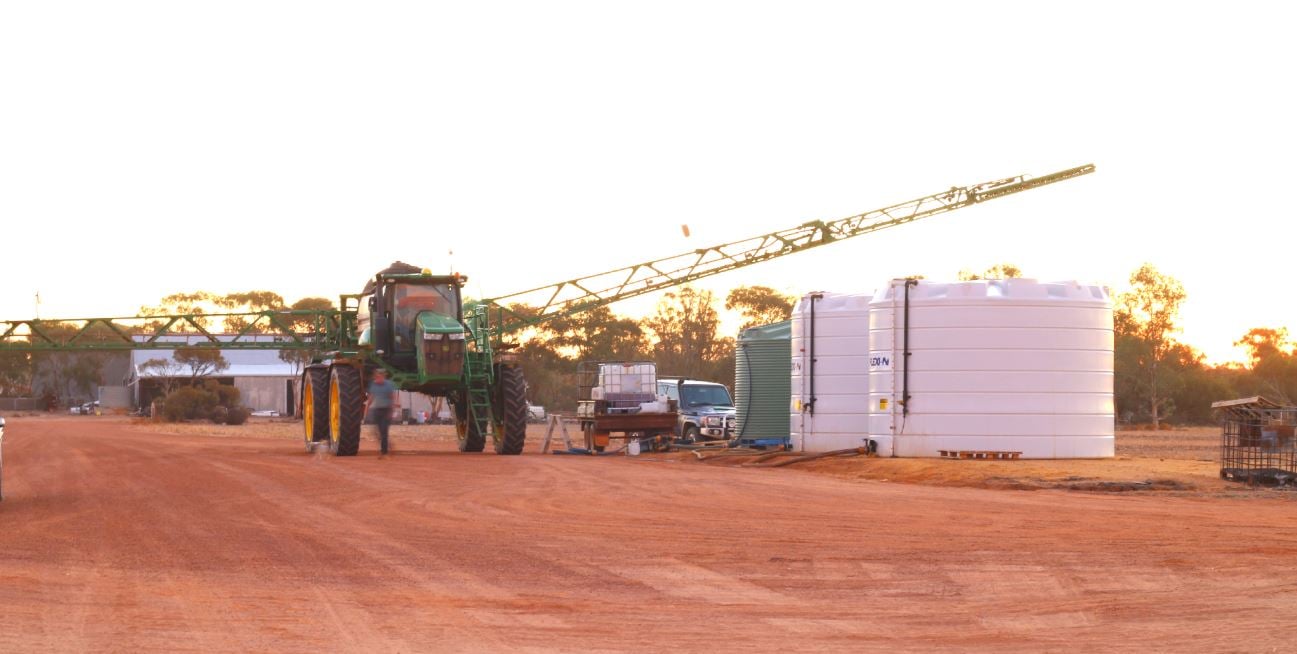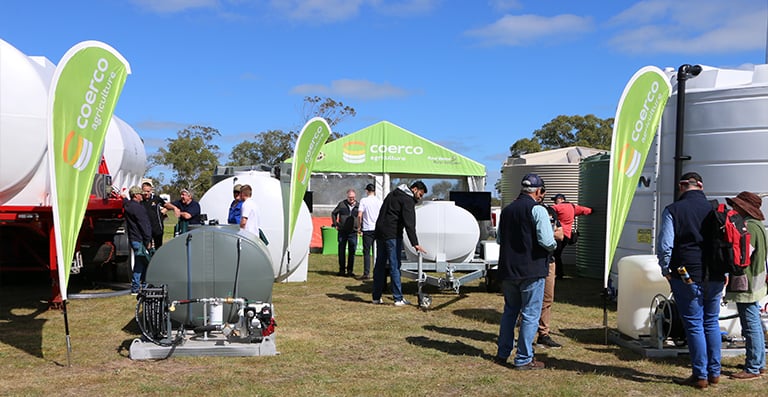$4.62 million worth of rebates will be available for WA livestock farmers, a bit of relief to look forward to as the effect of drought continues to be felt in some parts of Western Australia.
Eligible farmers can invest in new water infrastructure with up to a quarter of the cost covered. That is, “up to $25,000 can be claimed on eligible water projects to enhance drought resilience for farmers” or, in some cases, up to the maximum amount specified by your implementing state.
Through this rebate, qualified farmers can buy and install equipment such as water tanks, new pipes and pumps, and even be provided with the means for desilting dams. This on-farm water infrastructure could be exactly what farmers need to improve productivity.
However, while rebates around on-farm water improvements relieve some of the burdens associated with droughts and offer solutions to problems around animal welfare, dams could present a problem on their own.
Evidence suggests that dams aren’t really the smartest solution to water crisis. Instead, dams create a slew of problems - among which are consequences of high water evaporation rates including salinity and poor water quality. These spell bad news for your livestock and is far from ideal for your spraying operations. As such, dams may be impractical.
Here are some problems associated with dams:
- High evaporation rates
- Poorly-constructed dams leading to leakage or seepage
- Poor water quality (e.g. high concentrations of salts and minerals, contamination from algae) both for livestock and crops for spraying operations
- Contribute to greenhouse gas emissions
- Lack of abundant rainfall during certain times of the year
- Runoff from flood, sediments, pollution = silt
- Can be time-consuming and costly to maintain water quality
The Role of Water Tanks

Some WA farmers have been struck hard with water crisis which has a paralysing effect on productivity and negatively affecting the overall wellness of those badly hit.
Whatever means you take to get water, whether it be through rain catchment, carted water, standpipes or from pumped groundwater, this precious commodity is best stored in water tanks that are resistant to seepage, leakage, and evaporation losses.
This rebate is already available as also reflected in the Department of Primary Industries and Regional Development . Find out the benefits and who can apply here: On-Farm Emergency Water Infrastructure Rebate Scheme.
For WA livestock farmers and pastoralists, visit the the Department of Water and Environmental Regulation or simply click the link below:
National On-Farm Emergency Water Infrastructure Rebate Scheme
If in case your farm is outside of the eligible regions, you can still apply for the rebate provided that you can show evidence of critical water need for your livestock brought about by current seasonal conditions. For further information on the latter, visit PIRSA through this link.








What do you think about this post?
Comments